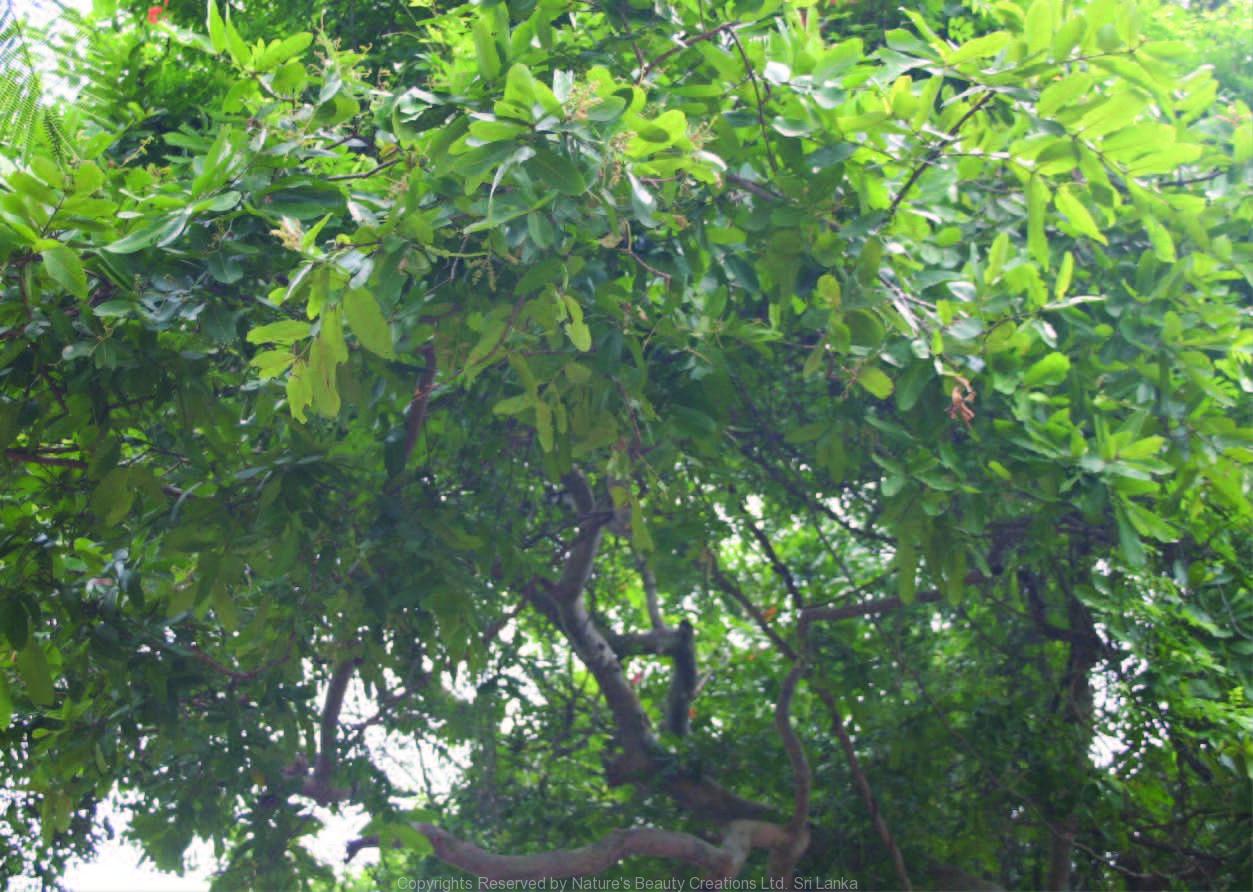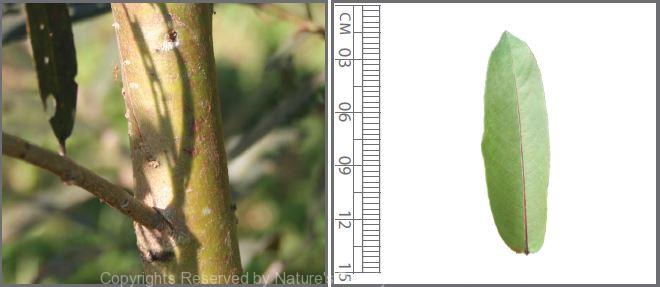

Traditional Knowledge
Useful plant parts :
Bark
Uses in traditional medicine :
- Dried bark is a main ingredient of a herbal wine prescribed for heart failure
- A piece of bark is added to cow’s milk to increase the Calcium content when boiling
- Bark is used as an antidote for poisioning
Scientific Research
Chemical constituents:
Oleanane triterpenes: arjunic acid, arjungenin and their glucosides, arjunetin and arjunglucoside I and II, arjunosides I-IV from stem bark; leucocyanidin, ellagic acid from root bark; oligomeric proanthocyanidins, flavonoid: luteolin and gallic acid, ethyl gallate, tannin: casuarinin from plant
Bioactivity :
Casuarinin: active against HSV; ethanol extract of bark: antithrombotic and decrease platelet activation, improves the altered myocardial function; gallic acid, ethyl gallate, anluteolin: anticancer; bark and leaf extract: antimicrobial
Clinical:
Tree bark powder has exhibited antioxidant and hypocholesterolaemic activity, improves left ventricular ejection and reduces left ventricular mass in coronary artory disease; Bark extract, 500 mg 8 hourly, given to patients with stable angina improves the symptoms and signs of heart failure
References : Aneja, K. R. et al., (2012), Antimicrobial activity of Terminalia arjuna Wight & Arn.: an ethnomedicinal plant against pathogens causing ear infection, Braz J Otorhinolaryngol, 78(1), 68-74. Anjaneyulu, A. S. R. and Prasad, R. A. V., (1982), Chemical examination of the roots of Terminalia arjuna—the structures of arjunoside III and arjunoside IV: two new triterpenoid glycosides, Phytochemistry, 21(8), 2057–2060. Bharani, A. et al., (1995), Salutary effect of Terminalia Arjuna in patients with severe refractory heart failure, Int J Cardiol, 49(3), 191-9. Bharani, A. et al., (1995), Salutary effect of Terminalia arjuna in patients with severe refractory heart failure, International Journal of Cardiology, 49(3), 191–199. Bharani, A. et al., (2002), Efficacy of Terminalia arjuna in chronic stable angina: a double-blind, placebo-controlled, crossover study comparing Terminalia arjuna with isosorbide mononitrate, Indian Heart J, 54(2), 170-5. Cheng, H. Y., et al.,(2002), Antiherpes simplex virus type 2 activity of casuarinin from the bark of Terminalia arjuna Linn., Antiviral Research, 55(3), 447–455. Dwivedi, S. and Jauhari, R., (1997), Beneficial effects of Terminalia arjuna in coronary artery disease, Indian Heart J, 49(5), 507-10. Gupta, R., (2001), Antioxidant and hypocholesterolaemic effects of Terminalia arjuna tree-bark powder: a randomised placebo-controlled trial, Journal of the Association of Physicians of India, 49(2), 31-5. Khaliq, F. et al., (2013), Improvement in Myocardial Function by Terminalia arjuna in Streptozotocin-Induced Diabetic Rats: Possible Mechanisms, J Cardiovasc Pharmacol Ther, 18(5), 481-9. Malik, N. et al., (2009), Inhibitory effects of Terminalia arjuna on platelet activation in vitro in healthy subjects and patients with coronary artery disease, Platelets, 20(3), 183-190. Maulik, S. K. and Talwar, K. K., (2012), Therapeutic potential of Terminalia arjuna in cardiovascular disorders, Am J Cardiovasc Drugs, 12(3), 157-63. Pawar, R. S. and Bhutani, K. K., (2005), Effect of oleanane triterpenoids from Terminalia arjuna — a cardioprotective drug on the process of respiratory oxyburst, Phytomedicine, 12(5), 391–393. Pettit, G. R. et al., (1996), Antineoplastic agents 338: The cancer cell growth inhibitory. Constituents of Terminalia arjuna (Combretaceae), Journal of Ethnopharmacology, 53(2), 57–63 Saha, A. et al., (2012), Characterisation of Polyphenols in Terminalia arjuna Bark Extract, Indian J Pharm Sci, 74(4), 339-47.
Copyrights Reserved By
Natures Beauty Creations




